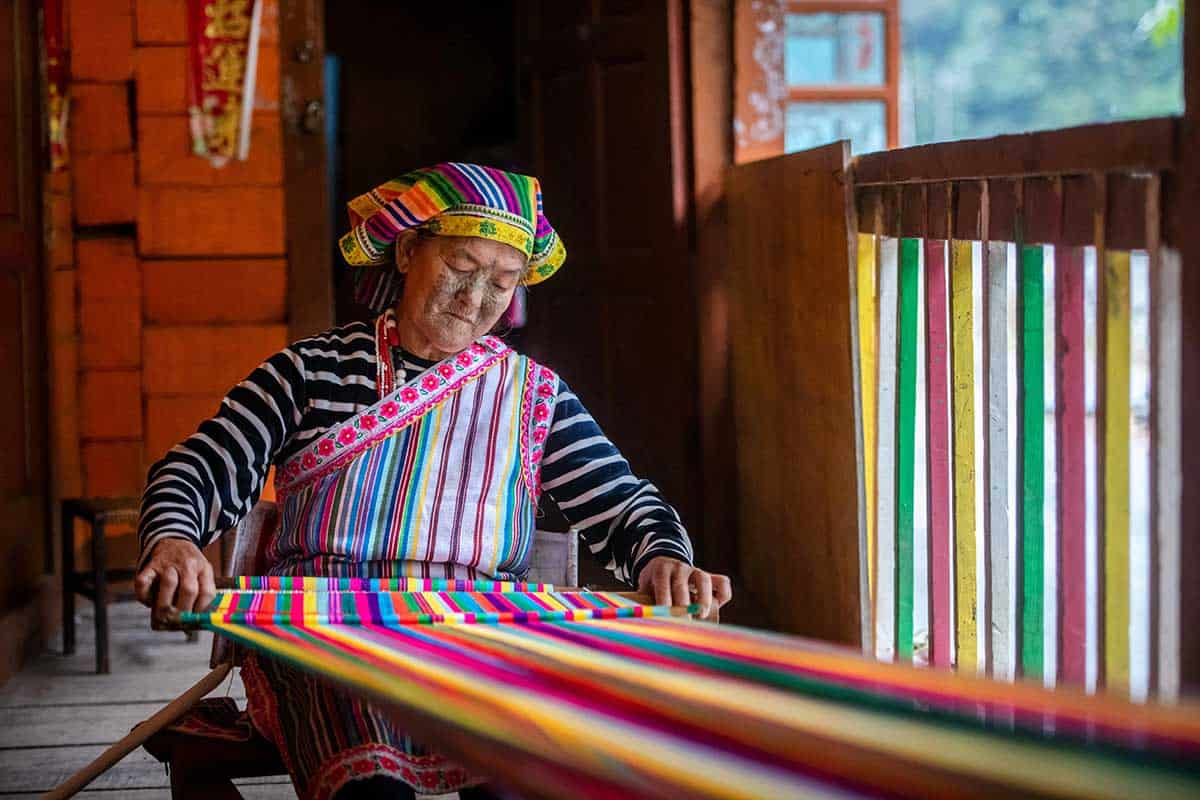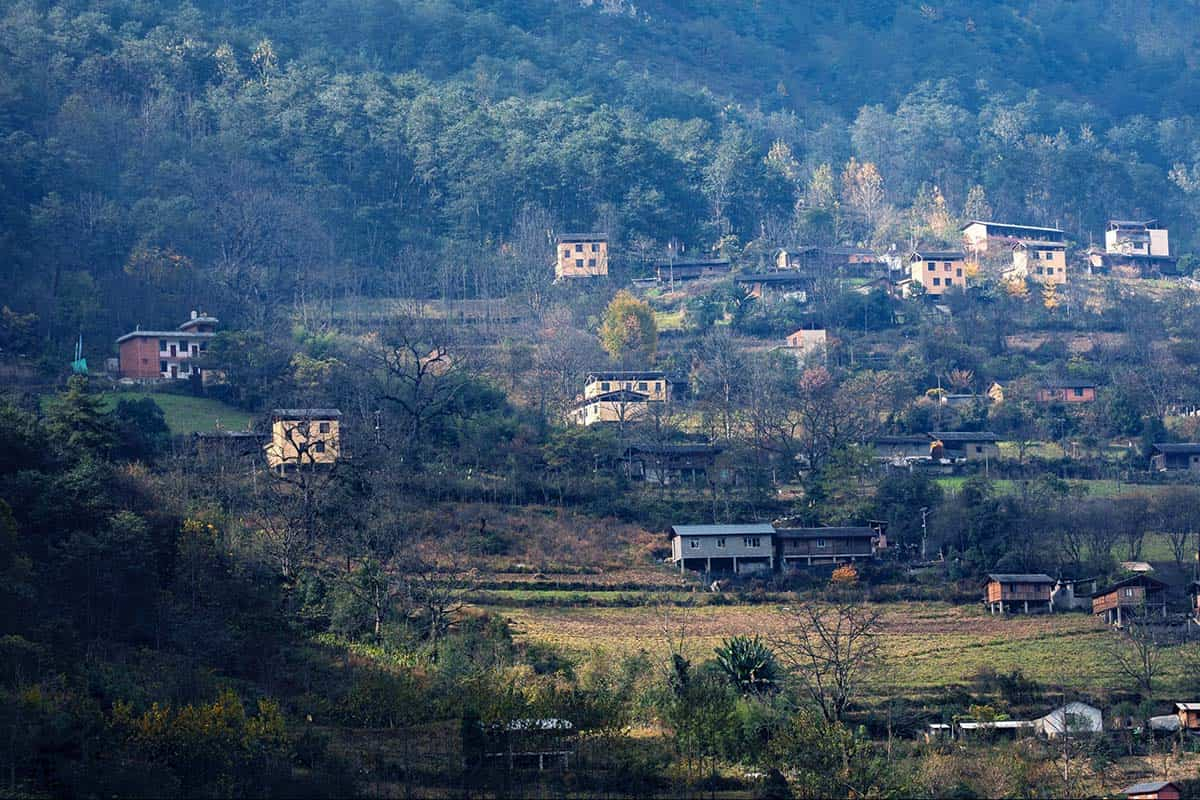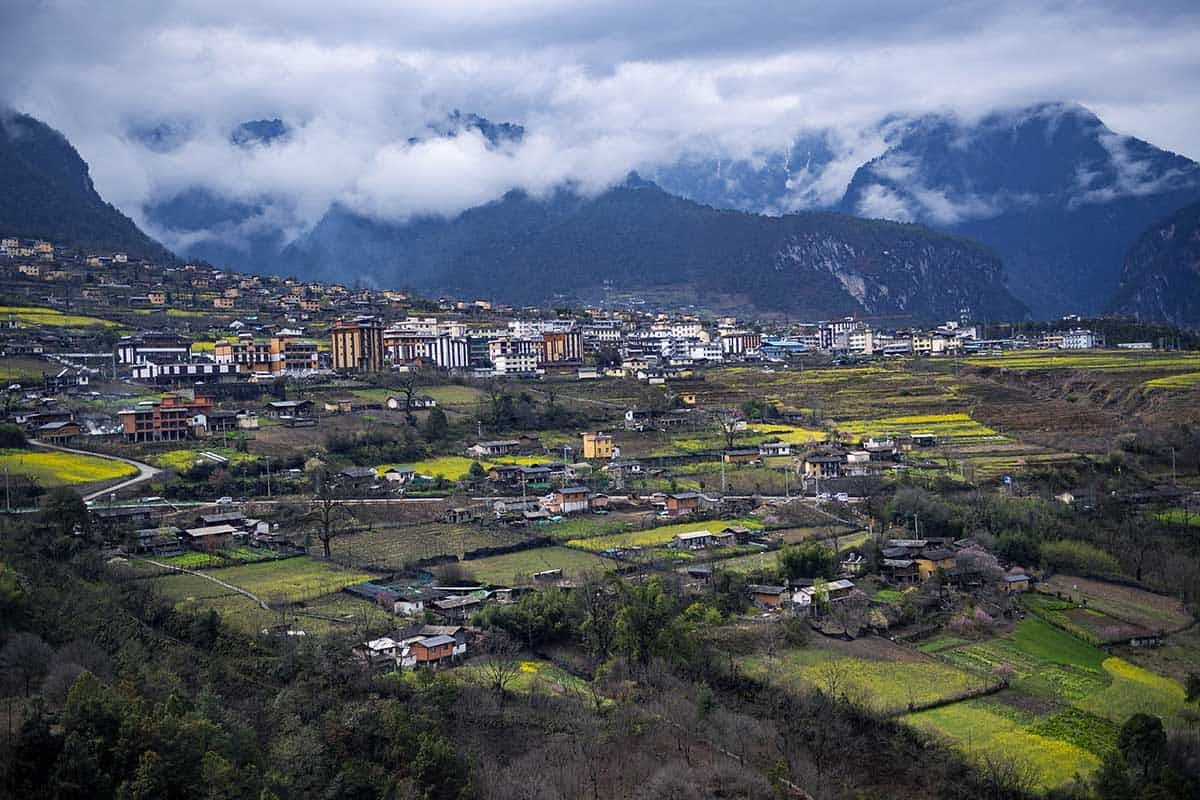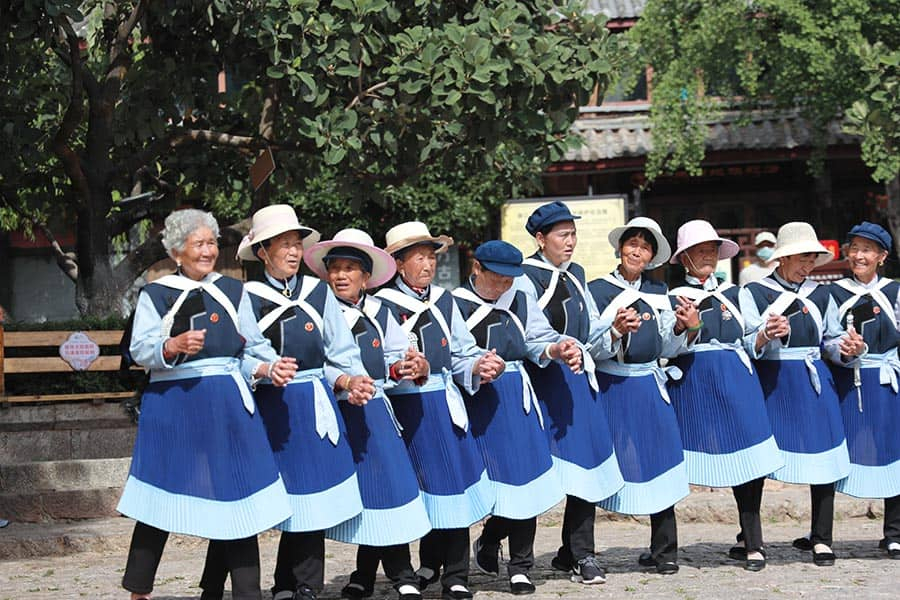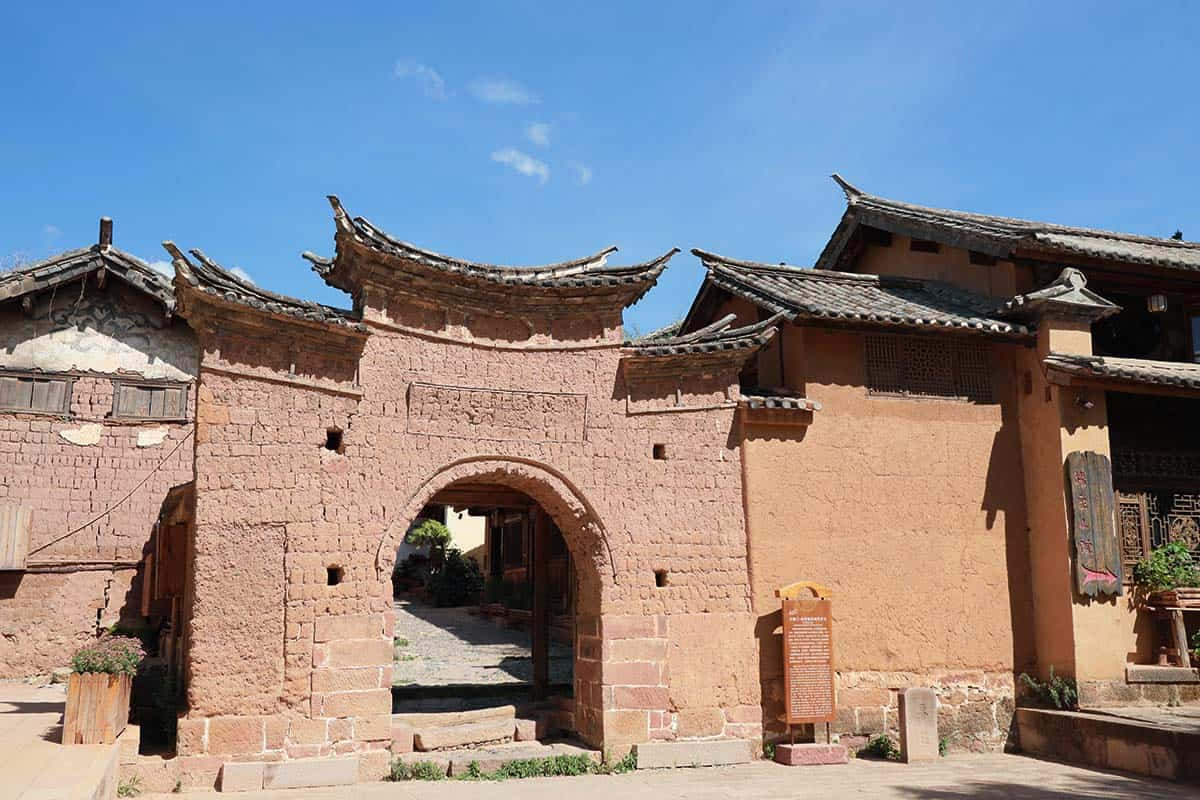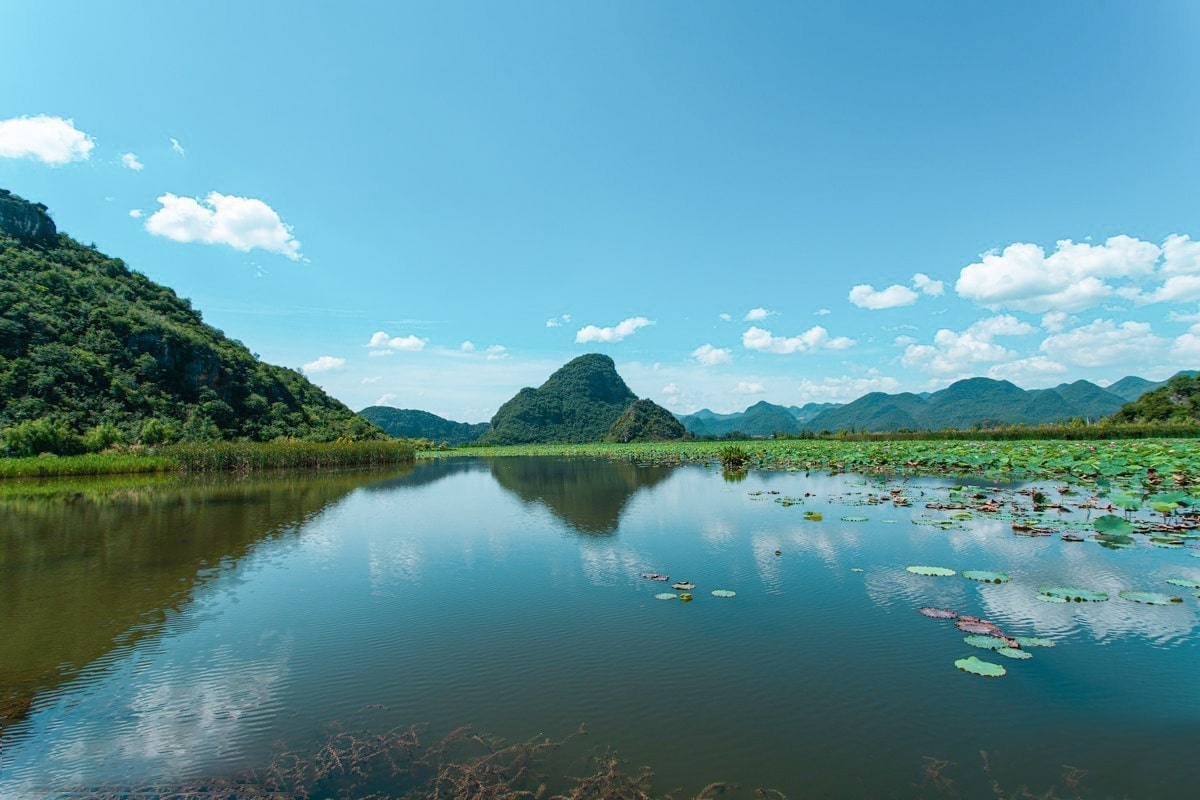Yunnan Zhaotong Travel Guide
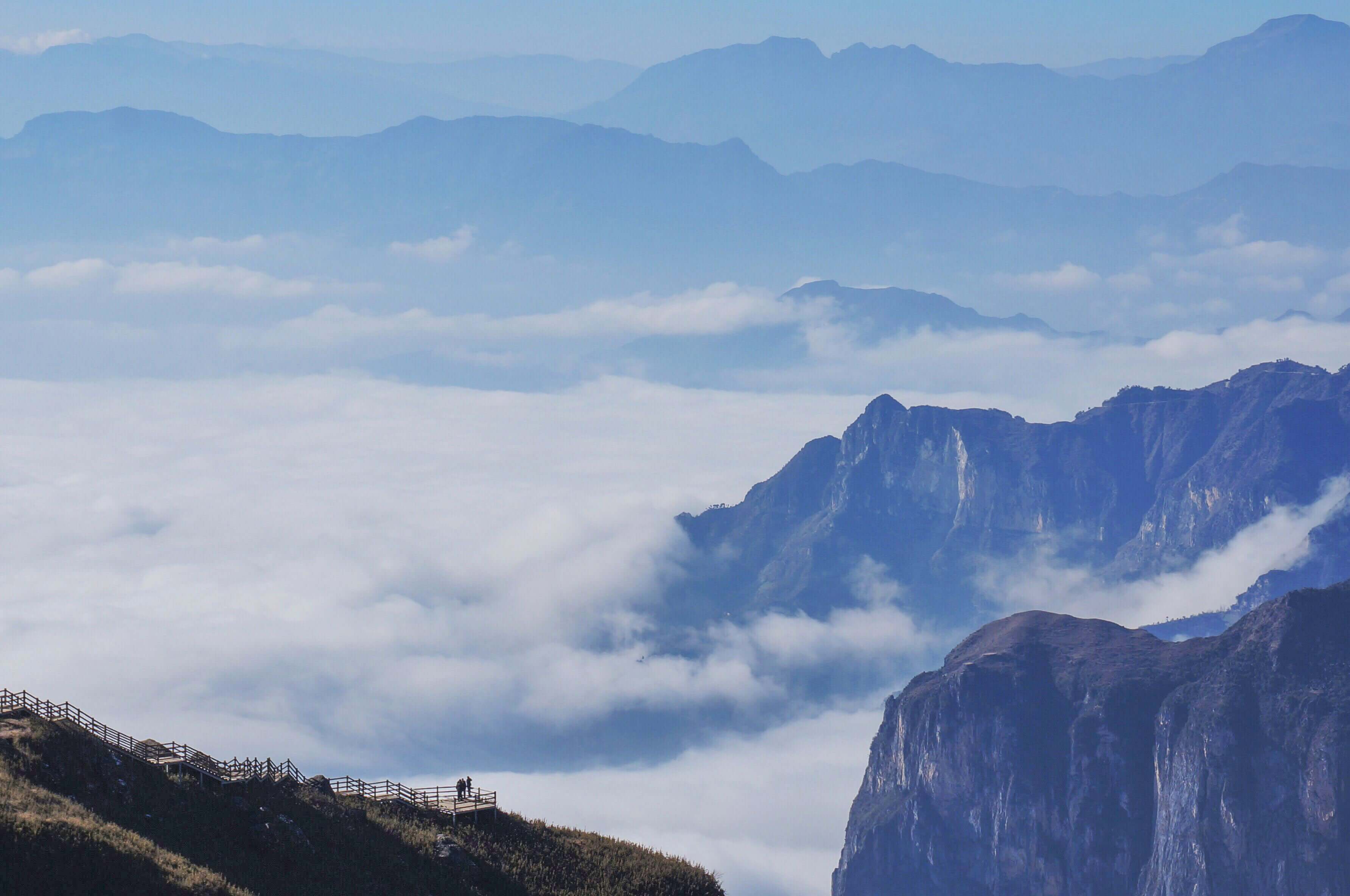
Zhaotong is a prefectural level city located in the northeast of Yunnan Province in the hinterland of Wumeng Mountain area at the junction of the three provinces of Yunnan, Guizhou and Sichuan, along the lower reaches of the Jinsha River, in the transition zone of the uplift from The Sichuan Basin to the Yunnan-Guizhou Plateau, covering an area of 23,000 square kilometers.
Zhaotong was historically an important gateway from Yunnan Province to Sichuan and Guizhou provinces, an important channel for the Central Plain Culture to enter Yunnan, one of the three birthplaces of Yunnan culture, crossroad of China's famous Southern Silk Road, the two way corridors from the mainland to south Asia, southeast Asia and from Yunnan to the mainland.
Zhaotong has jurisdiction over 1 district, 9 counties and 1 county level city. Zhaotong is a city integrating "mountainous areas, old revolutionary base areas and ethnic scattered areas". The permanent population of Zhaotong city is about 5,1 millions. Zhaotong is rich in hydropower resources, with three giant power stations of Xiluodu, Xiangjiaba and Baihetan.
Zhaotong City is one of the important areas of human origin anddevelopment. From about 10,000 years ago to about 4,000 years ago, the ancestors who lived here had widely used grinding stone tools, and knew pottery, textile, agriculture and grazing and other technologies, and began to live and settle down. In the sixth year of Jianyuan of the Western Han Dynasty (135 BC), the Western Han Dynasty set up Zhuti Prefecture in today's Zhaotong City, and Zhaotong was brought under the management of the central government for the first time.
● Top things to do in Zhaotong
By 2018, 1,148 immovable cultural relics had been registered in Zhaotong. Among them, there are 4 national key cultural relic protection units, 10 provincial cultural relic protection units, 109 municipal cultural relic protection units and 353 county and district cultural relic protection units. There are more than 20,000 cultural relics in the city, including 11 first level cultural relics, 18 second level cultural relics and 407 third level cultural relics. There are 3 national A level scenic spots.
● Dashanbao Black-necked Crane National Nature Reserve is located in Zhaotong City, Yunnan Province, with an altitude of 3,000-3,200 meters and a total area of 3,150 hectares. It is the reserve with the largest distribution of black-necked cranes per unit area in China. The main protected object of Dashanbao National Nature Reserve for Black-necked crane is the wet ecosystem of sub-alpine marshy plateau meadow in its wintering habitat. In 2005, the Dashanbao wetland in Yunnan province was listed in the List of Wetlands of International Importance.
● Daguan Huanglian River Scenic area is composed of Huanglian River waterfall group area, Qinglongdong gorge karst cave area, Luohanba primeval forest area, Sanjiangkou nature protection area and Yuntai Mountain ancient post road tour line, with a total sightseeing area of 220 square kilometers. Approved by the provincial government in 1994, Huanglian River Scenic Spot was listed as a provincial scenic spot and was rated as a national 2A tourist area in 2001.
● Western Grand Canyon Hot Spring is a national 4A level tourist attraction, located in Shuifu City, 32 kilometers away from Yibin city, Sichuan province, 4 kilometers away from Shuifu city.
● Tongluoba National Forest Park is a well preserved subtropical broad-leaved forest with a total area of 50 square kilometers in northeast Yunnan Province. There are five streams, seven small lakes, dozens of waterfalls, 18 small basins and 108 peaks in the forest.
● Dousha Pass in Yanjin is 20 kilometers from the county seat. Yanjin is one of the channels from the Central Plains to Yunnan since the Qin(221BC to 206BC)and Han Dynasties(206BC to 220AD). The ancient people entered Yunnan through the Shu Road, which was the first pass into Yunnan. There is a stelle pavilion in the Tang Dynasty(618 TO 690).
● Niujie, a national key tourist attraction, is located in the center of Chongqing, Chengdu, Kunming and Guiyang, between Sichuan and Yunnan border. It is one of the thousand year old ancient town tourist attractions planned by Zhaotong government, known as "little Hong Kong", beautiful scenery in the South of the Yangtze River and a commercial town with strong cultural industry.
● Zhaotong Food&Drinks
Zhaotong is the core area of wild gastrodia elata in China and high quality apple base in south China.
Peas pudding: Zhaotong traditional food, fragrant and refreshing.
Chicken stewed with gastrodia elata: Zhaotong characteristic food, delicious taste, nourishing.
Tofu pudding: Zhaotong special snack, rich bean flavor with spicy taste.
Bamboo fungus : Zhaotong specialty food, delicious taste, rich nutrition.
Sour fish: Zhaotong traditional snack, crisp and delicious.
Baked potato: Zhaotong special snack, sweet and glutinous.
Triangle glutinous rice ball: Zhaotong characteristic food, sweet and glutinous.
● Zhaotong Transportation
Railway: Neijiang-Kunming railway has a station in Zhaotong, trains run between Kunming, Chengdu, Chongqing, Guiyang, Guangzhou and other places. Chengdu-Guizhou high speed railway has stations in Zhaotong.
Highway: In 2017, there were 258 kilometers of expressways open to traffic in Zhaotong, accounting for 1.5% of the total highway mileage.
Water transport: There is Shuifu Port in Zhaotong, which is the only port on the Jinsha River that can carry out direct transport of ships of more than 2,000 tons.
Airport: Zhaotong Airport was a military airport built in 1936. It was completed and resumed operation in 1993. There are 11 navigable cities: Kunming, Beijing (Daxing), Shanghai (Pudong), Guangzhou, Shenzhen, Hangzhou, Chengdu, Chongqing, Xi 'an, Mangshi and Xishuangbanna.
● Zhaotong Weather
Zhaotong is surrounded by mountains and has the characteristics of plateau monsoon three-dimensional climate. There is little difference in four seasons in Zhaotong, but there are great differences in climate at different altitudes. From high altitude to low altitude, there are plateau climate, temperate climate and subtropical climate. At the same altitude, the temperature in the south of Zhaotong is higher than that in the north, and the humidity is lower than that in the north.
The annual average temperature in Zhaotong is between 11℃ and 21℃. The coldest temperature occurs in January, and the monthly average temperature is between 1℃ and 12℃. The hottest temperature occurs in July, and the monthly average temperature is between 20℃ and 27℃. The precipitation in Zhaotong is abundant, but it is unevenly distributed in the north and south, and the south is dry and the north is wet.
- HOTEST
- RECOMMEND
